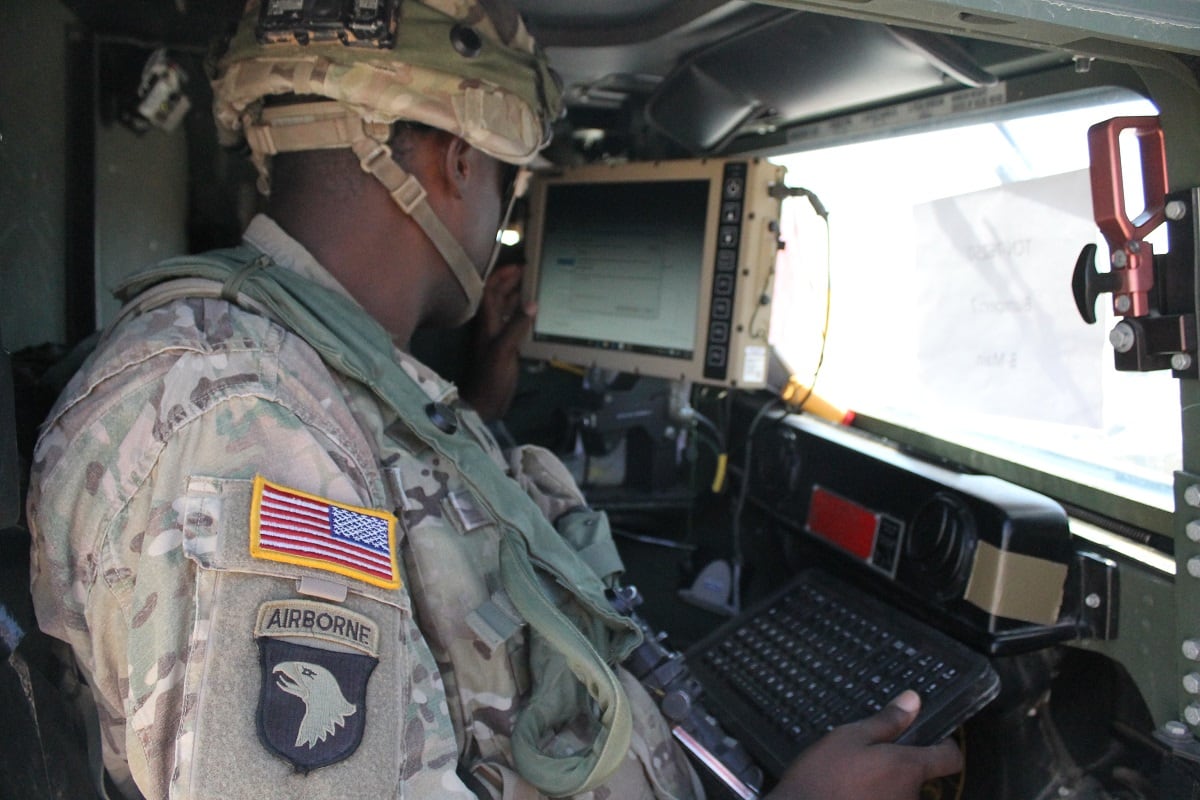Both Army leadership and adversaries are recognizing the importance of the network as the foundational weapon system that enables most other functions.
“Bottom line, if I could have just one thing, I need a network,” Lt. Gen. Theodore Martin, deputy commanding general of Training and Doctrine Command, said Aug. 21 at TechNet Augusta.
“A network that is defended 24/7, around the clock under conditions of adversity, in contact, in the rain with the battlefield.”
The head of Army Cyber Command, Lt. Gen. Stephen Fogarty, noted during the same conference that the Russians have figured out the Army’s “secret sauce” is the network, along with the data that rides on it and the other weapon systems that leverage it.
The Russians understand the capability the network provides after observing the U.S. operate since 1991 and they’ve developed a strategy to attack it, Fogarty said.
As such, Martin noted that the network must be constantly defended from being jammed, interdicted or spoofed.
Martin also explained that it can’t just be a one-off solution as in years past. The pace of change in technology today is iterating so rapidly that “we can’t get into the cumbersome business of getting a server stack and then fielding it to units of action only to find out they’re obsolete by the time the third set is issued,” Martin said.
The network must be something that can be rapidly upgraded and prototyped constantly shielding forces from the enemy, he added.
Top Army leaders charged with developing the next-generation network have described a similar process of rapid prototyping and experimentation with no clearly defined end date yielding multi-year contracts in order to stay on pace with commercial technology.
RELATED

This will allow for rapid insertion of technology and continuous improvements, leaders say.
Mark Pomerleau is a reporter for C4ISRNET, covering information warfare and cyberspace.







